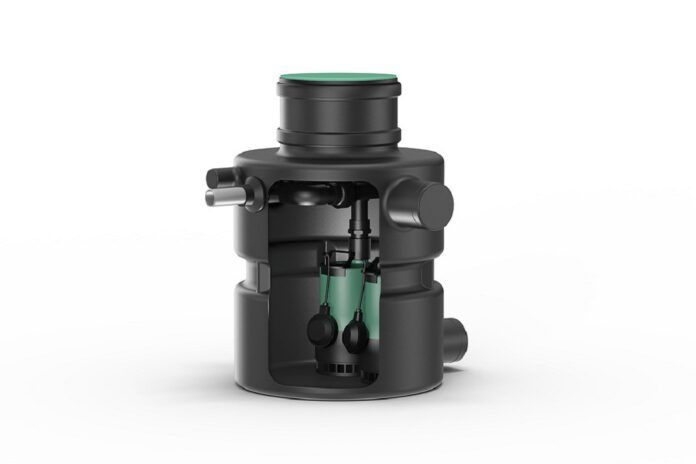
Following news that communities are starting to receive the funding from the Frequently Flooded Allowance (FFA), Wilo is urging plumbing installers to prepare for sump pump projects which could spike as the country looks to get on top of flooding.
The FFA was launched last year by the government, with £100m made available to help communities where ten or more properties have flooded twice or more in the last ten years. In tandem with the wider measures, Wilo is advising plumbing installers to upskill on sump pump installations and to seek the right products and guidance to help homeowners with the issue.
The callout also comes after a report about how England and Wales had the ‘wettest March on record for over 40 years’, according to the Met Office. Sump pumps are one of the measures that can help alleviate flooding in the first instance, often fitted by installers and property owners to mitigate rising groundwater from heavy rainfall that floods basements and cellars.
However, a statement has said that many of these pumps are placed in loose ground, which can quickly fill with debris that causes them to clog up. Meanwhile, low-cost solutions with motors that aren’t continuously rated can prove to be a false economy, as they will overheat and fail much quicker too. Instead, Wilo recommends that following some simple best practice and choosing a robust, reliable pump can achieve better outcomes and save homeowners and landlords money in the long term.
Andy Thompson, national sales manager at Wilo UK, said: “Flooding is a torrid experience for many people up and down our country, and it’s good to see the government is doing something about the problem. This is especially as we could see more extreme rainfall events given the changing climate.
“Installers can likely expect to see more sump pump enquiries and projects coming through soon because of these changes, so it’s vital they know how to complete these jobs, ensure they perform when needed and are futureproofed. Sump pumps aren’t necessarily complicated, but there are a few things to bear in mind, such as the installation method, the pump’s build and motor, flow rates and accessories.”
Andy recommended that instead of placing pumps directly in the ground, a sump pump installation should have a sump that is lined with cement, or have channel drains around the perimeter of the cellar. These drains then lead to a little plastic sump tank in which the pump is then fitted. By doing this, Andy said it helps stop dirt and grime building up around pumps that can potentially cause them to fail.
